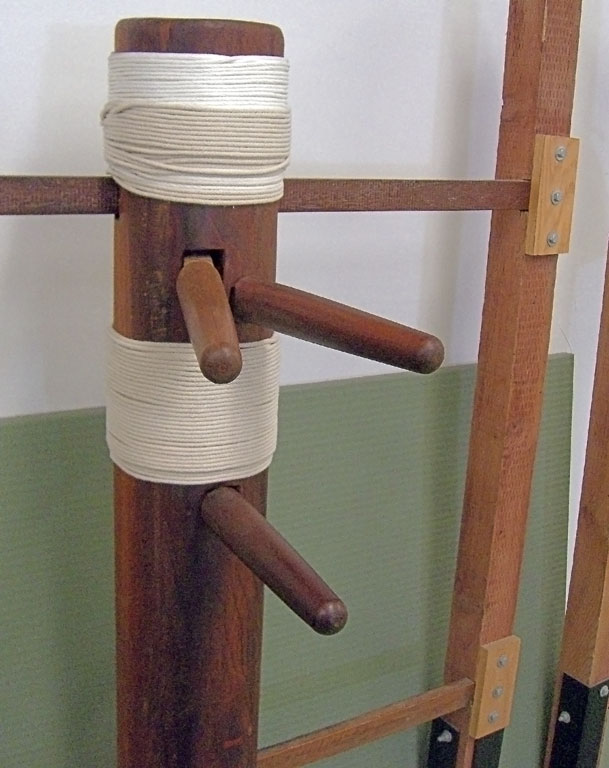Your cart is currently empty!

Try one of these 6 sparring methods to improve your self defense training!
Sparring is an important component of martial arts training for self defense. At our West Hartford dojo, we regularly break from the line-up to square off and practice techniques with partners. Putting your skills to the test while sparring gives you a chance to actually feel the movements in action. You can find places where you need to make modifications and try out different opening moves to launch into a killer combination.
Keep in mind – there is not just one way to spar! So next time you stop by to practice during open mat time, try one of these!
Before engaging in any type of sparring, check that you’re wearing appropriate gear to protect your body. Having a buddy or mentor nearby is highly recommended and is required for certain types of sparring. Finally, always make sure that you and your sparring partner are on the same page as far as intensity desired for the workout.
Sparring Method 1: Shadow Sparring (a.k.a. Shadow Boxing)
You can shadow spar solo. All you need is a mirror (* or a phone … see pro tip below) so you can watch yourself execute movements and combinations. At a safe distance from the mirror, throw punches, kicks, and combinations. Study your reflection. Keep an eye on your footwork while you spar. Are you telegraphing? Are you breathing as you train? Start off slow and gradually increase the speed and intensity. It’s just you, so you can drill a single punch or kick for the entire session. This is your time to fine-tune.
*PRO TIP: When a mirror is not available, prop your phone on a stool, chair, or nearby table. Start shooting a video using the photo app. Do your sparring session in 10 minute bursts so you can stop and restart the video recording. After, you can review your performance and make notes on what to work on next time.
 Sparring Method 2: Heavy Bag Sparring
Sparring Method 2: Heavy Bag Sparring
The benefit to using a heavy bag to augment your sparring game is that you can go as hard as you want! When squaring off with a partner, it’s best not to blast them in the leg with your hardest Muay Thai roundhouse kick (to be clear: NEVER do it). Luckily, the heavy bag will take your nastiest blow and swing back for another. Move around the bag as you spar, practicing footwork and evasive moves while maintaining comfortable intensity.

Sparring Method 3: Mu ren zhuang (Wooden Dummy) Sparring
When you’re trying to develop trapping, parrying and centerline-defense skills, a wooden dummy from wing chun kung fu can be useful. It teaches you how to create free-flowing offensive and defensive combinations and how to use both hands at the same time.
Sparring Method 4: Point Sparring
You’ll need a partner for this and the other 2 sparring methods. In point sparring, the goal is to strike or submit the opponent without being struck first. Once a strike is successfully landed, stop sparring, count the point, square off again, and begin sparring again. Think of it like fencing. This type of sparring will make you think a lot about avoiding and parrying strikes thrown at you and how to counterstrike. Footwork, setting up to strike, blocking, and the mental game are exercised rigorously in point sparring.
 Sparring Method 5: Focus Sparring
Sparring Method 5: Focus Sparring
Find a partner to hold and move the focus mitt as you strike it with two- and three-punch combinations. Do not strike the mitt until it is presented to you. This is not a melee. You are looking to increase reaction speed and accuracy only when an opening (exposed mitt) is presented. This drill also works with kicks, but make sure your partner is aware that you want to drill kicks, and that they understand the style you wish to drill. Muay Thai kicks are different from Karate and Kung Fu kicks, so how they present the striking mitts or pads will vary.
Sparring Method 6: Circle Sparring
This drill encourages you to be aware of your surroundings. Three to six people form a circle around you and attack one by one. Be careful in this one – you will have very little time to assess the attack and the direction of the attack. The goal here is to improve your ability to defend yourself in a surprise attack scenario. You will improve your reaction time and learn how to look for telegraphing clues as the opponent rushes in. When you are sufficiently advanced in circle sparring, you can have more than one person charge you at the same time.
What’s your favorite?
Do you like a style of sparring you’ve read here? Do you have your own sparring and training tips you’d like to share? Add a comment below. Got friends who train? Share this with them and start sparring between classes! Just remember to be safe.

 Sparring Method 5: Focus Sparring
Sparring Method 5: Focus Sparring